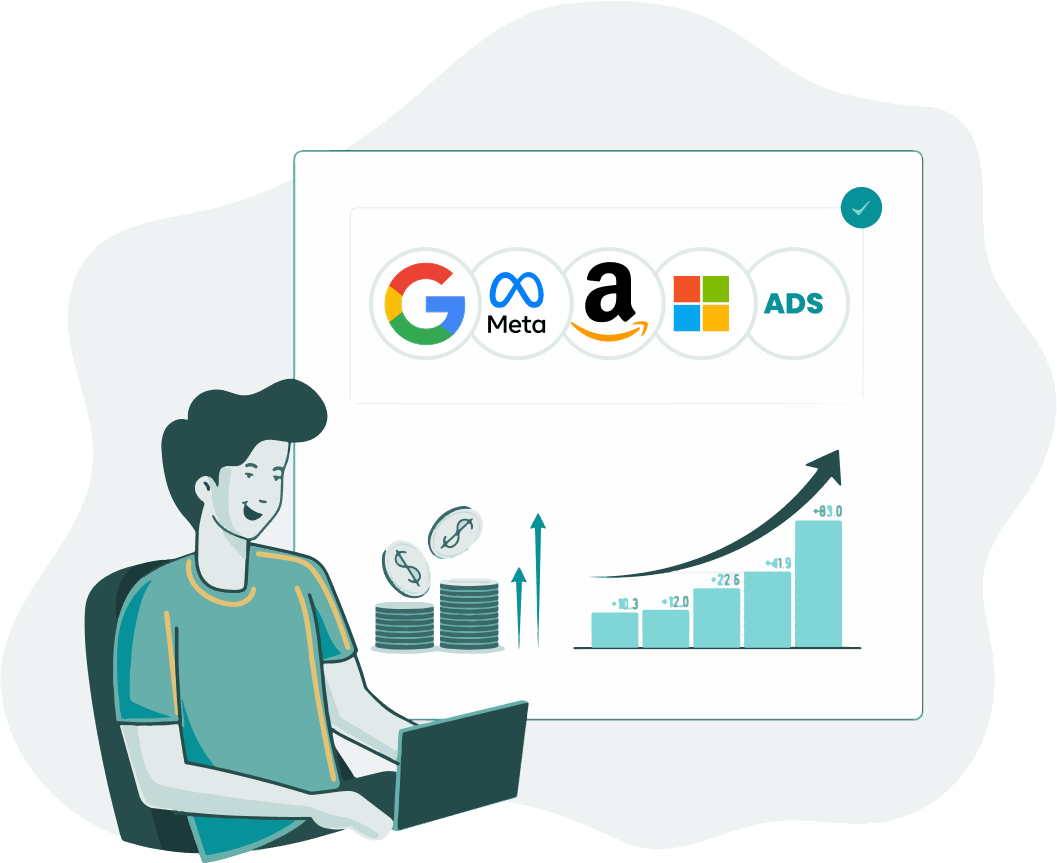Google calls it value-based bidding. We think of it as ROI optimization. Other teams simply consider it maximizing conversion value.
Whatever the name, there’s one outcome: more valuable, higher quality leads that improve overall profitability.
Here’s an example of this strategy in action of our client which is a drug rehabilitation and mental health services facility in Florida.
Watch Taylor Mathauer and Will Gray from WebMechanix share how they used Value-Based Bidding to generate higher-quality leads for their client.
You will learn:
- Why they decided to use value-based bidding
- Success with value-based bidding
- The state of smart bidding and limitations with value-based bidding
- Where they’ve seen value-based bidding not work
- Requirements for using value-based bidding
- When is value-based bidding appropriate
- How to track success with value-based bidding
Designing the next step for our client
For our client, volume is the name of the game. Over the course of our campaigns, we’ve optimized for both form fills and phone calls, but calls have historically been our North Star.
While other conversion actions like form fills or insurance verifications are still valuable to their business (and check the box of volume for their admissions team), they wanted to increase the number of calls sourced via Google Ads spend due to their much higher MQL and SQL rate.
The challenge was finding a solution that could prioritize calls while not completely eliminating other conversion actions that are still valuable to their business.
Answering the call to maximize ad spend value
Our solution was to use a value-based bidding strategy to teach Google’s bid strategies which conversion actions are most valuable to our client’s business.
By setting conversion values for our conversion actions and using a value-based bid strategy, we were able to train Smart Bidding to prioritize the action that provides the most value without sacrificing overall lead volume.
Step 1: We did some funnel math to ensure we were setting the correct value for each conversion action. We started by assessing the average revenue each conversion action had driven over a certain time period.
Step 2: We looked at down-funnel metrics such as MQLs, SQLs, and Closed Deals to assign an appropriate value to each conversion action. Below is an example of the math we did to get the accurate conversion value for each action:

Step 3: After setting the correct conversion values for each action, we needed to decide what bid strategy to use. We landed on Target ROAS (tROAS) because we believed that this would increase the number of calls for our clients while improving efficiency.
Note: tROAS works by predicting the value of each query and bidding higher on queries that are more likely to drive a high-value conversion.
Monitoring the outcome for optimal success
We implemented our value-based bid strategy on October 29, 2021.
There are two lenses of performance here: the first looks at the first 4.5 months of implementation, while the second looks at performance since implementing this bid strategy vs. the previous period, to show overall account growth.
The purpose of the latter is to show that as the Smart Bidding algorithms adjust to these users, they’re able to have a rolling impact.
Looking at the last 4.5 months compared to the previous period, we saw a 161% increase in phone calls, 58% increase in form submissions, and a 31.5% drop in cost per lead.

Looking at October 30, 2021 to July 25, 2022 compared with February 3, 2021 to October 29, 2021, we observed a 96% increase in phone calls, 267% more form submissions, and a 54% reduction in account-wide cost per lead.

Conclusion
If the primary goal of your PPC account is to generate leads to be nurtured, there’s a strong case to be made that value-based bidding is your best bet at stretching your ad budget to its fullest capability.
Learn more about how to use this approach to optimize the ROI of your Google Ads campaigns with these resources:
Value-Based Bidding: How It Works, Best Practices & Pitfalls









